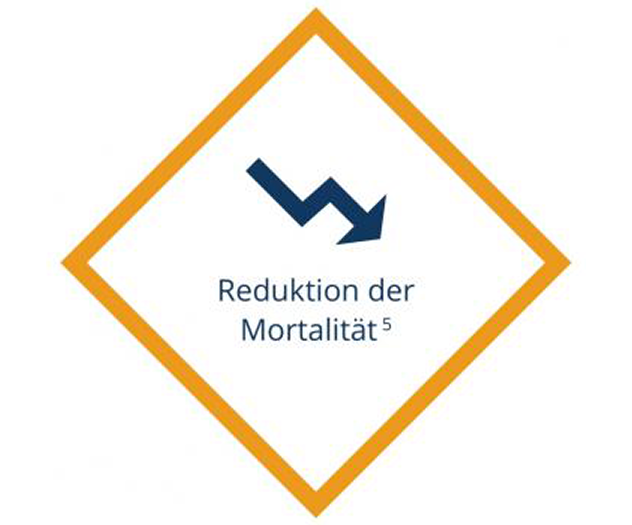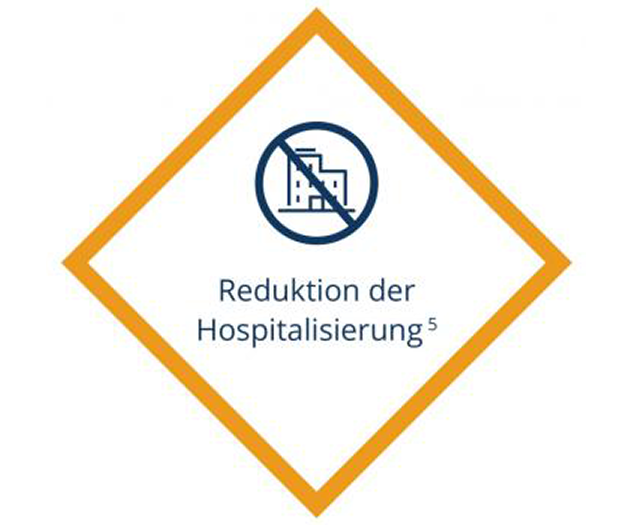Was suchen Sie?
Herzinsuffizienz-Epidemiologie, Diagnose und Behandlung
Herzinsuffizienz – als Erkrankung oft unterschätzt
Image

Kurzatmigkeit (Dyspnoe)
Image

Geschwollene Knöchel
Image

Rasche Ermüdung
Ausführliche Erklärungen zur Diagnostik der Herzinsuffizienz und zu den ESC-Guidelines finden Sie hier.
Image

Image

Image

Referenzen
- Benjamin, E.J., et al., Heart Disease and Stroke Statistics-2017 Update: A Report from the American Heart Association. Circulation, 2017. 135(10): p. e146-e603.
- Chang, P.P., et al., Incidence and survival of hospitalized acute decompensated heart failure in four US communities (from the Atherosclerosis Risk in Communities Study). Am J Cardiol, 2014. 113(3): p. 504-10.
- Mohacsi, P., et al., Ein Curriculum für Herzinsuffizienz ist als Grundlage für die Entwicklung erforderlicher nationaler Strukturen unumgänglich: Positionspapier «Herzinsuffizienz-Curriculum» der Arbeitsgruppe Herzinsuffizienz der SGK. Cardiovascular Medicine, 2018. 21(01): p. 26-32.
- Szucs, T.D., Gesundheitsökonomische Aspekte der chronischen Herzinsuffizienz. Schweiz Ärzteztg. 2003;84(46):2431–2435
- Ponikowski, P., et al., 2016 ESC Guidelines for the diagnosis and treatment of acute and chronic heart failure: The Task Force for the diagnosis and treatment of acute and chronic heart failure of the European Society of Cardiology (ESC)Developed with the special contribution of the Heart Failure Association (HFA) of the ESC. Eur Heart J, 2016. 37(27): p. 2129-2200.
- Marti, C.N., et al., Medication dosing for heart failure with reduced ejection fraction - opportunities and challenges. Eur J Heart Fail, 2019. 21(3): p. 286-296.
Novartis stellt die aufgeführten Referenzen auf Anfrage zur Verfügung
